1. Yellowstone National Park, Wyoming
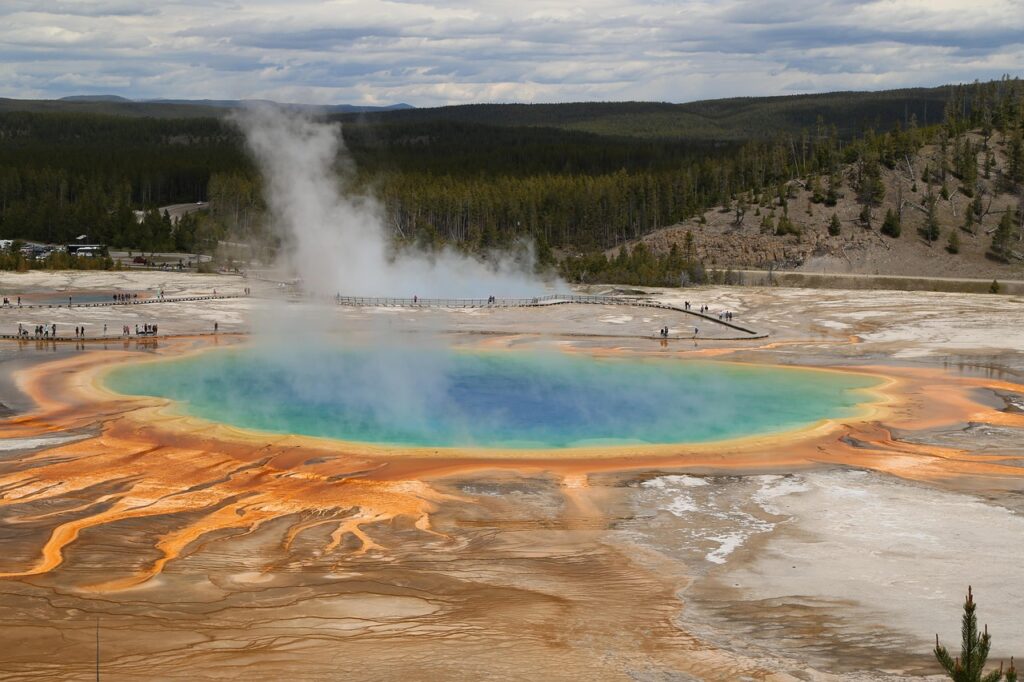
Yellowstone is often praised for its abundance of wildlife, including bison, wolves, bears, and elk. However, the sheer number of tourists—over four million annually—makes it one of the most congested parks in the U.S. During peak seasons, roads become traffic-clogged, with people stopping their cars at the first sight of an animal, turning every sighting into a chaotic roadside event, according to the National Park Service. Lamar Valley and Hayden Valley, two of the best places for wildlife spotting, often feel more like zoos, with dozens of cars and tour groups clustered in one spot.
Many biologists argue that while Yellowstone is rich in wildlife, its popularity can make sightings feel unnatural. Animals are often accustomed to human presence and act accordingly, sometimes becoming more elusive or moving to more remote areas. For a truly wild experience, there are better, less-crowded alternatives that offer incredible wildlife encounters without the overwhelming human presence.
2. Great Smoky Mountains National Park, Tennessee/North Carolina
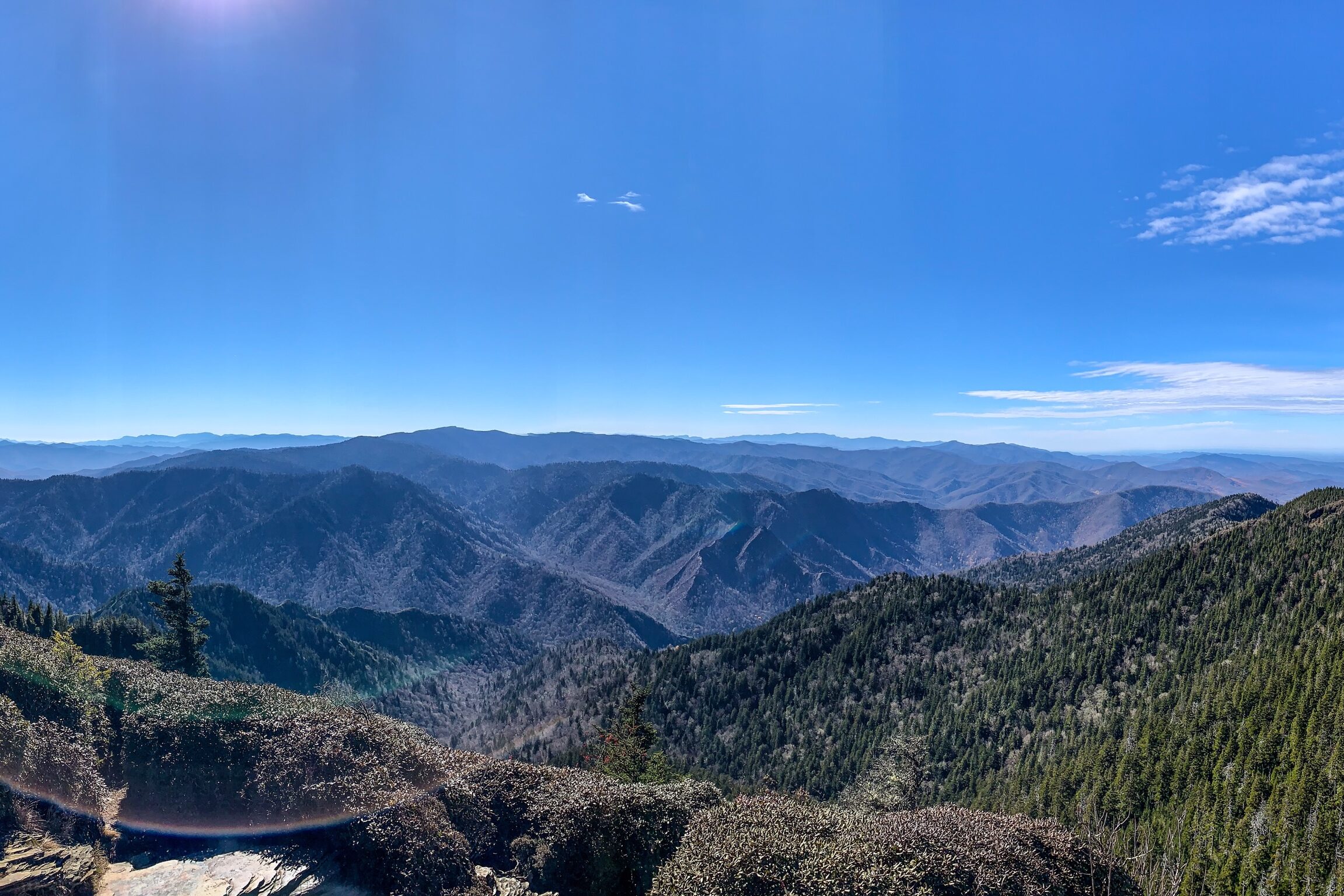
As the most-visited national park in the U.S., Great Smoky Mountains is undoubtedly beautiful, but the crowds can make spotting wildlife a challenge. According to the National Park Service, the park is famous for its biodiversity, including black bears, elk, and an incredible variety of salamanders. However, because millions of visitors flood the park every year, much of the wildlife has retreated away from the main roads and trails, making sightings much rarer than expected.
The congestion is particularly bad during the fall when people flock to see the colorful foliage, and even the backcountry trails can be packed. Many visitors hope to see bears, but the high foot traffic often causes them to stay hidden. For a more peaceful and rewarding wildlife experience, it’s worth exploring alternative parks that offer similar ecosystems with fewer interruptions.
3. Yosemite National Park, California

Yosemite’s stunning granite cliffs, waterfalls, and meadows make it one of the most iconic parks in the U.S. While there is wildlife in the park—including black bears, bobcats, and mule deer—most visitors won’t see much beyond a few squirrels and birds due to the heavy human activity. According to the National Park Service, Yosemite Valley, in particular, is often packed with tourists, making it a tough place to experience nature quietly.
The park’s accessibility means that animals tend to stay away from the busier areas, and during peak season, even the more remote trails can be bustling with hikers. For those hoping for a quiet, immersive wildlife encounter, there are better options where you can see similar animals without the overwhelming crowds.
4. Grand Canyon National Park, Arizona
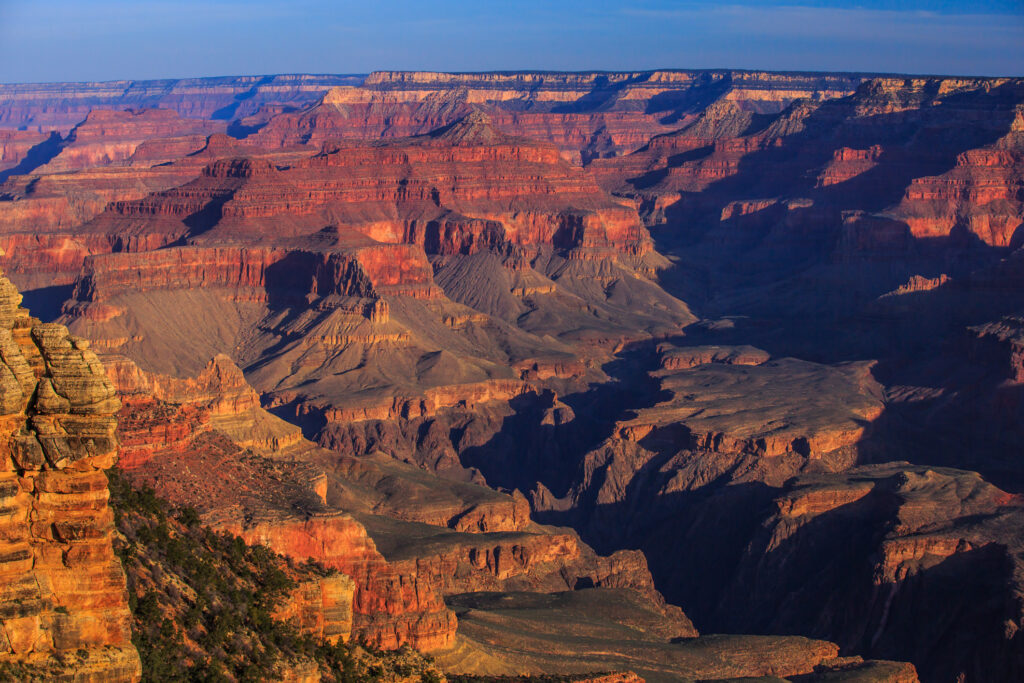
The Grand Canyon is a geological wonder, but it’s not the best place for wildlife viewing. The desert environment does support a variety of animals, including bighorn sheep, mule deer, and condors, but many visitors rarely see them due to the park’s vast open spaces and high visitor traffic. Most of the main viewpoints along the South Rim are packed with people, making it unlikely that you’ll have a peaceful animal encounter.
Wildlife is more active in the less-visited North Rim, but even there, the landscape doesn’t lend itself to the dense animal populations seen in other national parks. For those hoping to see large mammals or diverse ecosystems, the Grand Canyon often leaves wildlife enthusiasts underwhelmed.
5. Everglades National Park, Florida

Everglades National Park is famous for its alligators, manatees, and tropical bird species, but the reality of visiting doesn’t always match expectations. The park’s vast wetlands can make wildlife difficult to spot, especially during warmer months when animals seek shelter from the heat. Mosquitoes and humid conditions can also make wildlife viewing uncomfortable.
Many visitors expect to see a variety of animals along the park’s main roads and trails, but much of the best wildlife viewing requires boat tours or deep exploration into the backcountry. While the Everglades is an essential ecosystem, there are other wildlife-rich wetlands that offer more reliable sightings in a less challenging environment.
6. Rocky Mountain National Park, Colorado

Rocky Mountain National Park is home to elk, black bears, moose, and mountain lions, but its growing popularity has made wildlife encounters less frequent. Tourists often flood the park, especially in the fall when the elk rut attracts large crowds. Many of the most accessible areas have heavy foot traffic, which can push animals deeper into the backcountry.
While patient visitors may still see wildlife, the experience often feels less intimate due to the number of other people nearby. Instead, there are lesser-known mountain parks where wildlife is more active and less disturbed by human presence.
1. Grand Teton National Park, Wyoming

Grand Teton National Park, located just south of Yellowstone, is a dream destination for wildlife enthusiasts who want to experience nature without the overwhelming crowds. According to the National Park Service, Yellowstone is known for its iconic wildlife; the sheer number of visitors often turns animal sightings into chaotic events. Grand Teton, on the other hand, offers similar wildlife—including grizzly bears, black bears, moose, bison, elk, and bald eagles—without constant human traffic. The diverse landscape of alpine meadows, winding rivers, and dense forests provides the perfect setting for these animals to thrive.
One of the best spots for wildlife encounters in Grand Teton is the Willow Flats area, where moose and elk frequently graze. The Snake River corridor is another hotspot, attracting otters, beavers, and various bird species. Biologists often recommend visiting in the early morning or late evening when animals are most active. Unlike Yellowstone, where roadside crowds can make wildlife viewing feel more like a spectacle, Grand Teton provides a more intimate and authentic wilderness experience.
2. Big South Fork National River and Recreation Area, Tennessee/Kentucky

If you’re looking for a serene Appalachian wildlife experience without the massive crowds of Great Smoky Mountains National Park, Big South Fork National River and Recreation Area is the perfect alternative. This hidden gem features the same rugged landscapes, waterfalls, and lush forests, but with far fewer visitors, according to the National Park Service. The result is a much better chance of encountering wildlife like black bears, bobcats, white-tailed deer, river otters, and wild turkeys in their natural habitat.
Big South Fork also offers an extensive river system, making it one of the best places to see wildlife from the water. Kayaking or canoeing along the Big South Fork of the Cumberland River provides a peaceful, immersive experience where you can observe animals undisturbed. Unlike the traffic-heavy roads of the Smokies, the trails here are quiet and remote, making wildlife encounters feel more personal and natural.
3. Sequoia & Kings Canyon National Parks, California
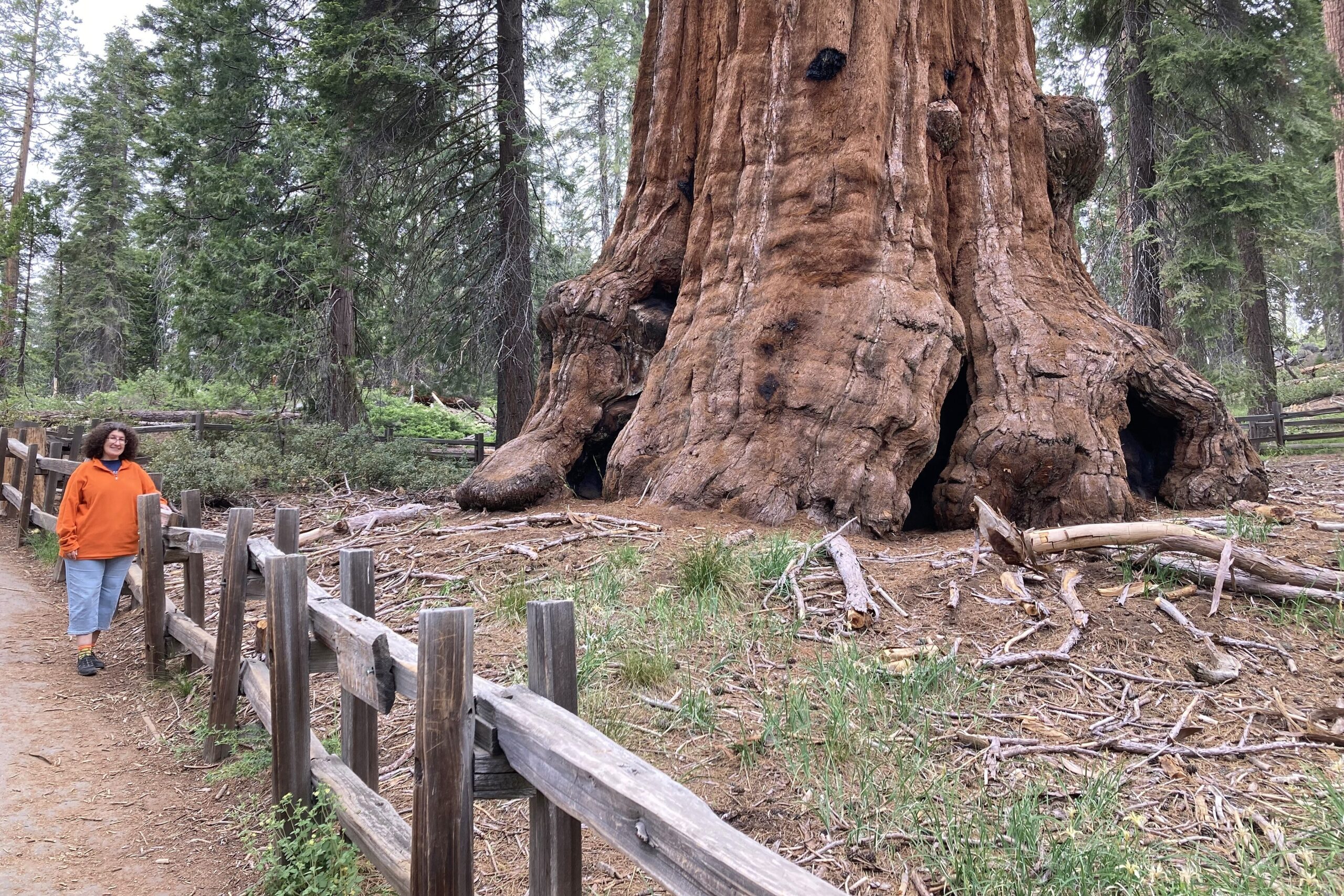
While Yosemite is a stunning destination, it’s often so crowded that spotting wildlife can be a challenge. For a similar Sierra Nevada experience with fewer people, Sequoia & Kings Canyon National Parks provide an excellent alternative. These parks feature the same breathtaking granite cliffs, waterfalls, and meadows as Yosemite, but with the added bonus of the world’s largest trees—giant sequoias—that create a majestic, ancient setting.
Wildlife thrives here due to the lower foot traffic. Black bears, mule deer, mountain lions, and bighorn sheep are frequently seen in meadows and along less-traveled trails. Kings Canyon, in particular, offers deep wilderness areas where you can truly escape into nature. The vast backcountry, filled with rivers and alpine lakes, is a prime habitat for diverse animal species, and visitors often report more wildlife encounters here than in Yosemite Valley.
4. Theodore Roosevelt National Park, North Dakota
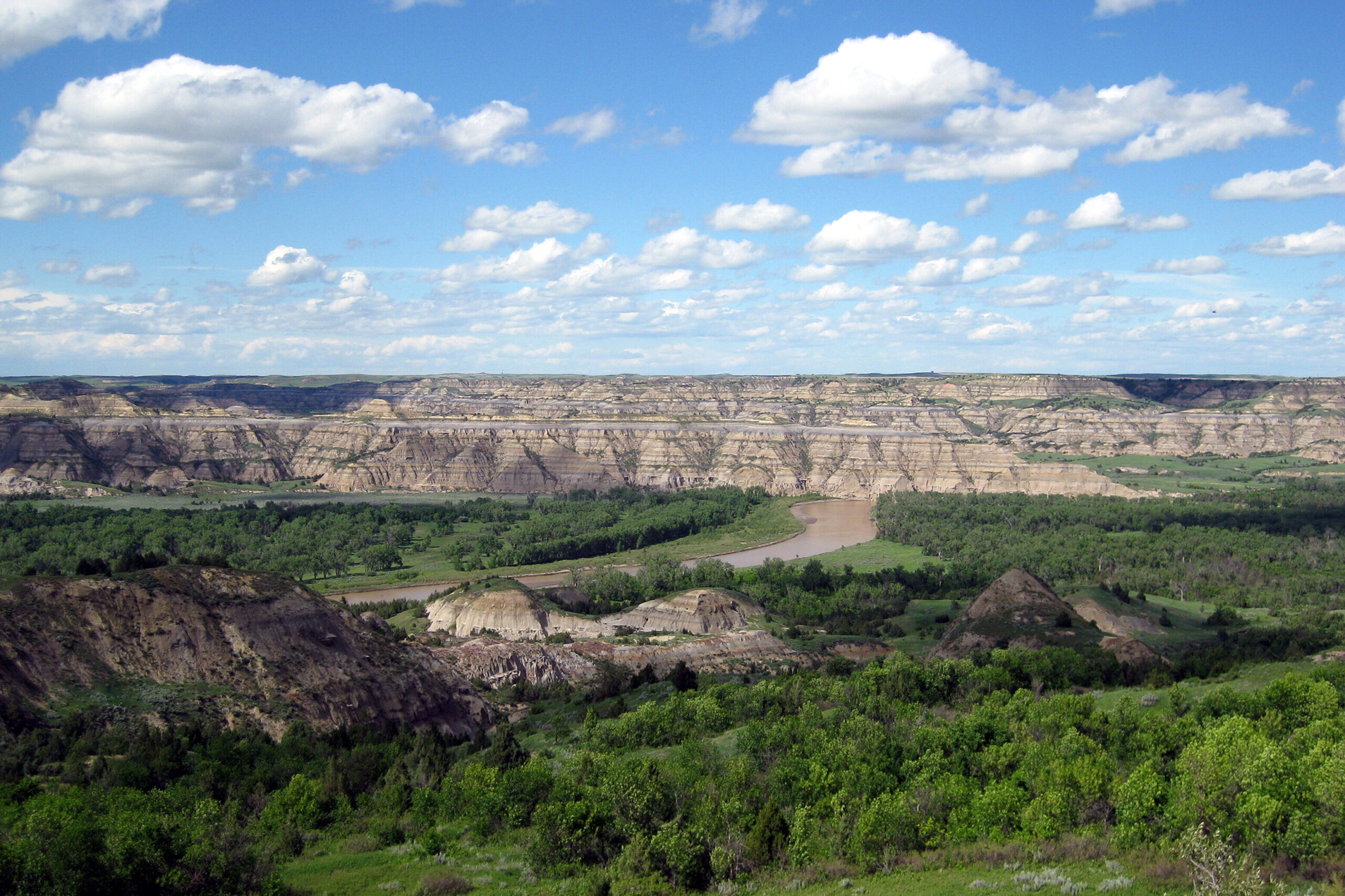
For those who love wide-open landscapes but want better wildlife encounters than what the Grand Canyon offers, Theodore Roosevelt National Park is an unbeatable choice. This underrated park in North Dakota features striking badlands, rolling prairies, and a thriving population of bison, wild horses, elk, and prairie dogs. The rugged terrain makes for a dramatic setting, but unlike the Grand Canyon, where animals are often hard to spot, wildlife here is abundant and easy to observe.
The park is divided into three units, with the South Unit being the most popular for spotting large herds of bison grazing across the hills. The North Unit is more remote, offering solitude and even better chances of seeing black bears and coyotes. The Elkhorn Ranch Unit, where Theodore Roosevelt himself lived, is a peaceful and historic area where wildlife moves freely with little human disturbance. This park captures the spirit of the American West in a way that few other places can.
5. Corkscrew Swamp Sanctuary, Florida

Everglades National Park is famous for its unique wetland ecosystem, but the high humidity, mosquitoes, and unpredictable wildlife sightings can make it a challenging place to visit. A better option for wildlife lovers is Corkscrew Swamp Sanctuary, a pristine wetland reserve that offers reliable sightings of Florida’s most iconic animals, including alligators, river otters, wading birds, and even the elusive Florida panther.
One of the highlights of Corkscrew Swamp is its well-maintained 2.25-mile boardwalk that takes visitors through ancient cypress forests, marshes, and wet prairies. Unlike the Everglades, where boat tours are often needed for the best wildlife viewing, this boardwalk allows for up-close encounters with animals in a peaceful, mosquito-free setting. Biologists recommend this sanctuary for those who want to experience Florida’s wetland wildlife in a more controlled and comfortable environment.
6. Wind River Range, Wyoming

Rocky Mountain National Park is famous for its stunning alpine scenery, but increasing visitor numbers have made wildlife encounters less common, as animals tend to avoid heavily trafficked areas. For a more secluded and authentic mountain wilderness experience, the Wind River Range in Wyoming is an excellent alternative. This vast, rugged landscape is home to moose, elk, black bears, mountain lions, and bighorn sheep, all thriving in an undisturbed environment.
Unlike Rocky Mountain National Park, where popular trails can be overcrowded, the Wind River Range offers a true backcountry experience. Hikers and backpackers here often find themselves alone with nature, making wildlife encounters more natural and rewarding. The remote lakes, high-altitude meadows, and untouched forests create an ideal habitat for a diverse range of animals, offering a more personal and wild experience.
7. Katmai National Park, Alaska
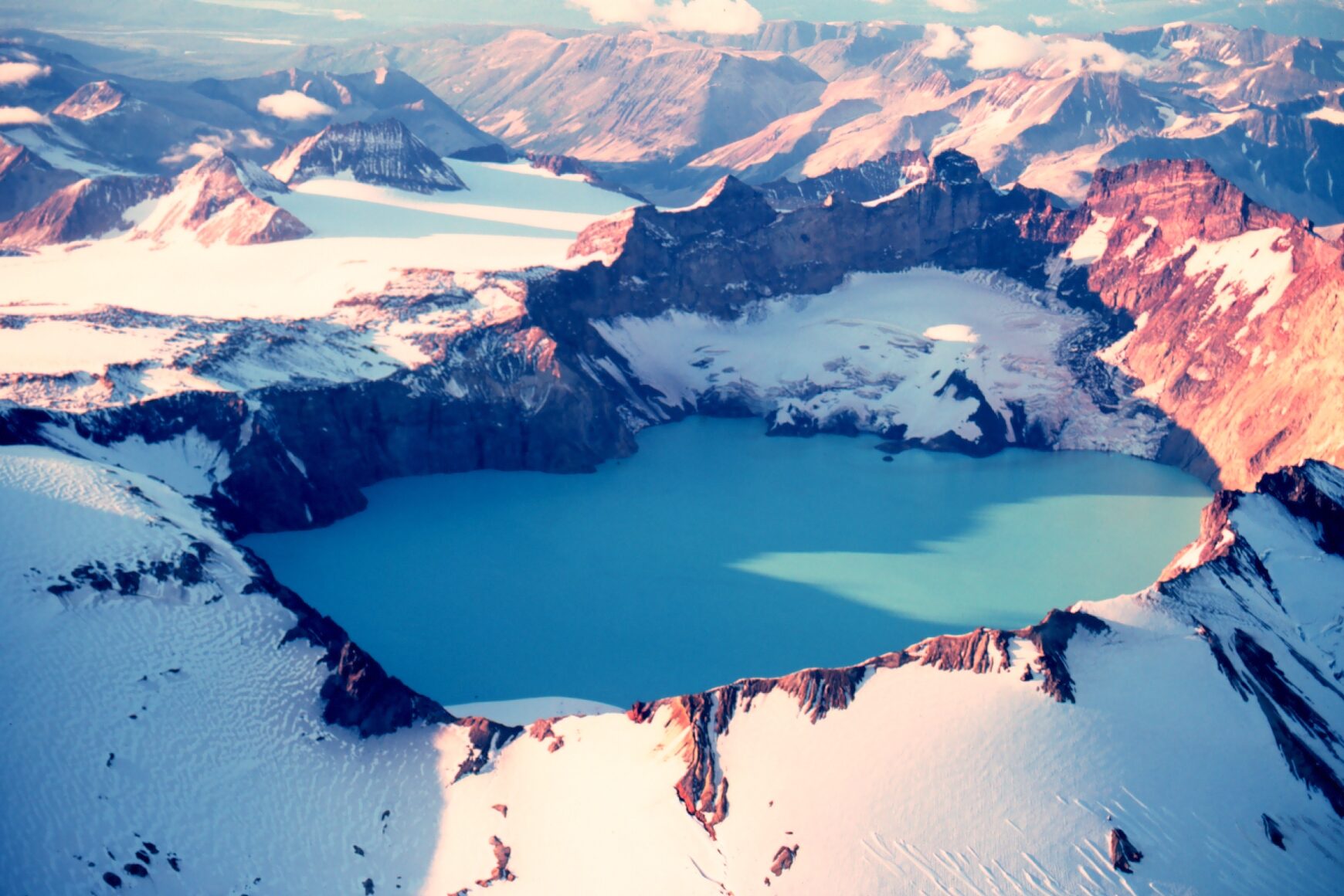
If your goal is to see large predators in their natural environment, no place in the U.S. beats Katmai National Park in Alaska. Famous for its brown bears catching salmon at Brooks Falls, Katmai provides one of the most dramatic and intimate wildlife encounters anywhere in the world. Every summer, dozens of bears gather at the river to feast, giving visitors an unparalleled opportunity to observe these magnificent animals up close.
What makes Katmai so special is its remoteness. Accessible only by plane, the park has almost no roads, meaning that wildlife exists here with minimal human interference. In addition to bears, visitors can see wolves, moose, sea otters, and bald eagles in one of the most pristine ecosystems on the planet. For those willing to make the journey, Katmai offers a once-in-a-lifetime wildlife experience that no other national park can match.


